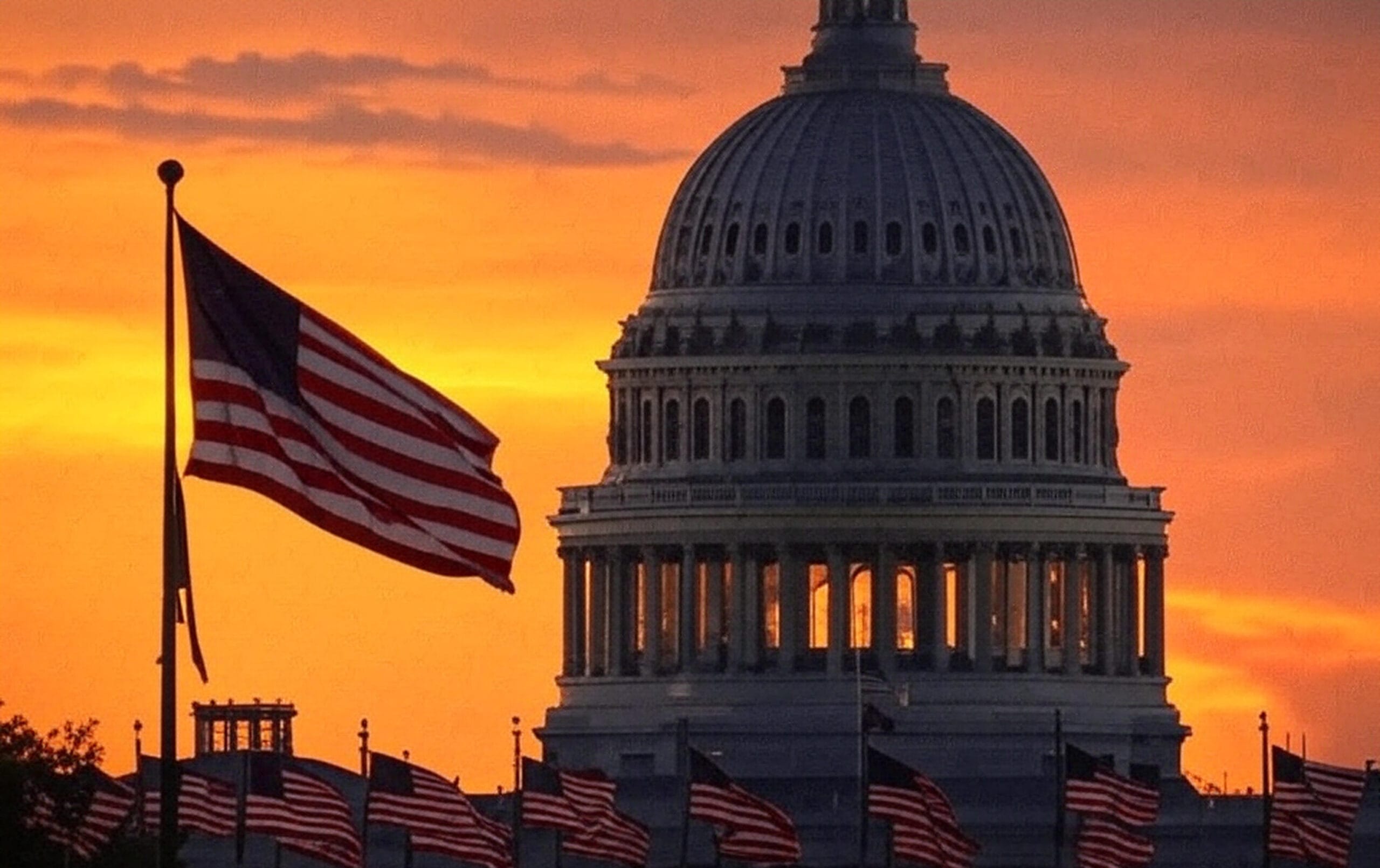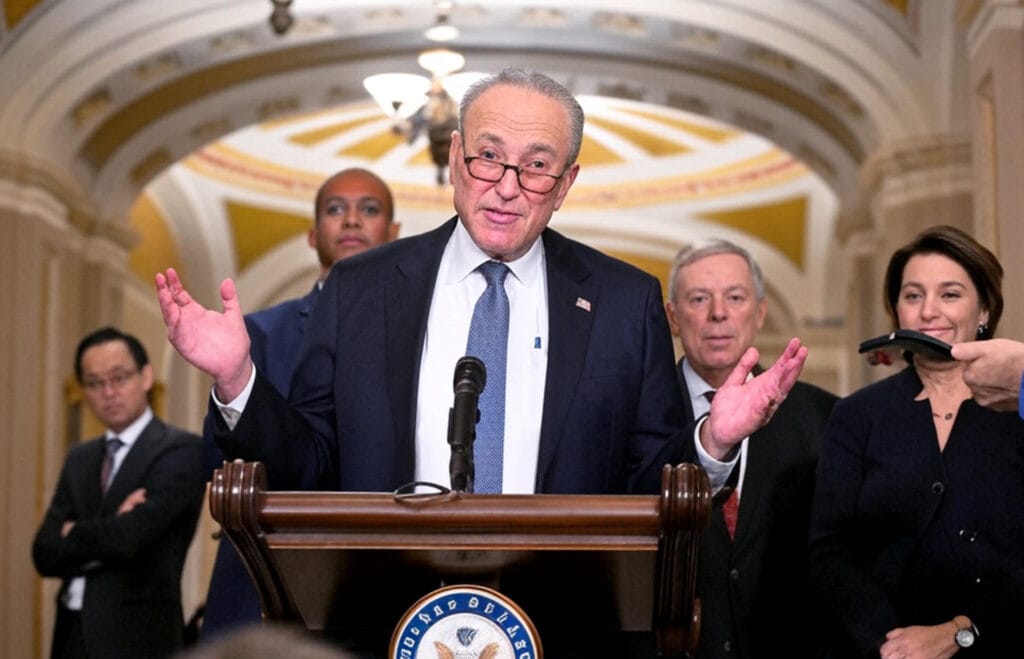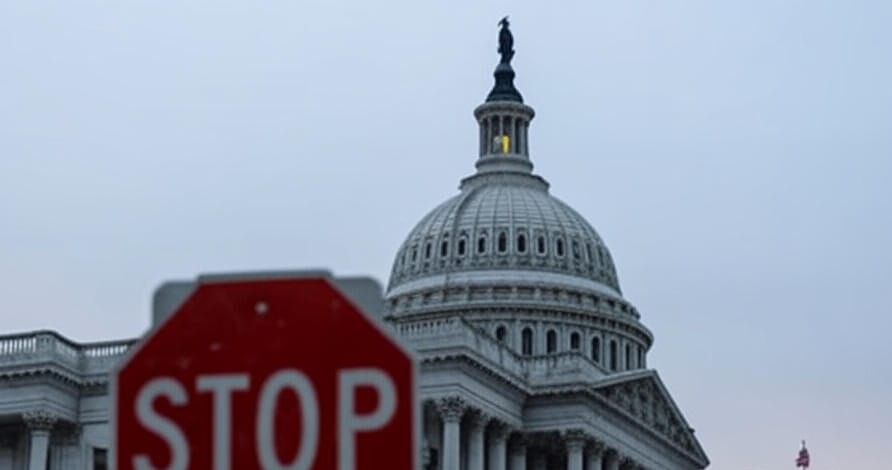
In the early hours of October 2, 2025, the us federal government initiated a partial shutdown, the first since 2019, stemming from stalled bipartisan negotiations over funding allocations. This development underscores persistent partisan divides in Washington, D.C., threatening operational continuity across key sectors. As essential services persist, the broader implications for federal employees, economic stability, and public programs demand immediate attention from policymakers and citizens alike.
Understanding the Roots of the 2025 US Government Shutdown
The partial government shutdown in 2025 represents a critical juncture in American fiscal policy, exacerbated by ideological clashes between Republican and Democratic lawmakers. At its core, the impasse revolves around a continuing resolution (CR) for federal funding, which failed to garner sufficient support by the midnight deadline on October 1. House Speaker Mike Johnson and Senate Majority Leader Chuck Schumer exchanged pointed rhetoric, with Republicans prioritizing spending cuts and border security enhancements, while Democrats advocated for sustained investments in social welfare and infrastructure.
Key Factors Fueling the Funding Dispute
Several interconnected elements contributed to this breakdown:
- Spending Priorities: Republicans sought a 10% reduction in discretionary spending, targeting what they termed “wasteful programs,” whereas Democrats pushed for a $100 billion increase to address inflation-adjusted needs.
- Border Security Demands: Inclusion of supplemental funding for immigration enforcement became a flashpoint, with conservatives insisting on $20 billion for wall construction and deportation efforts.
- Debt Ceiling Echoes: Lingering tensions from the 2023 debt limit crisis amplified distrust, as both parties accused the other of fiscal irresponsibility.
This scenario mirrors historical shutdowns, such as the 35-day impasse in 2018-2019, but arrives amid heightened economic pressures from post-pandemic recovery and global supply chain disruptions.
Immediate Impacts on Federal Operations and Employees

With non-essential operations halted, the partial shutdown disrupts daily government functions, affecting over 2 million federal workers. Essential personnel in areas like national security, air traffic control, and emergency response remain on duty, often without pay until resolution. However, the ripple effects extend far beyond the Beltway, influencing national productivity and public confidence.
Affected Sectors and Programs
The shutdown’s scope is broad, with targeted interruptions in the following areas:
- National Parks and Public Lands: Over 400 sites, including Yellowstone and the Grand Canyon, closed to visitors, resulting in an estimated $50 million daily revenue loss for local economies.
- Research and Development: Agencies like the National Institutes of Health (NIH) paused non-critical grants, delaying biomedical advancements and clinical trials.
- Housing and Financial Aid: The Department of Housing and Urban Development (HUD) suspended routine loan processing, potentially stranding 10,000 prospective homebuyers.
Federal employees face furloughs or unpaid leave, prompting many to tap emergency savings or seek short-term loans. Historical data from the 2019 shutdown indicates that such disruptions cost the economy approximately $11 billion, a figure likely to escalate in 2025 due to inflation.
Economic Ramifications of the Partial Shutdown
Beyond immediate operational halts, the 2025 US government shutdown poses significant macroeconomic risks. Financial markets reacted swiftly, with the Dow Jones Industrial Average dipping 1.2% on October 2, reflecting investor unease over prolonged uncertainty. Small businesses reliant on federal contracts, particularly in defense and technology sectors, report delayed payments totaling $15 billion, straining cash flows and job retention.
Broader Financial Consequences
- GDP Contraction: Economists from the Congressional Budget Office project a 0.2% quarterly GDP hit if the shutdown extends beyond two weeks, compounding existing inflationary pressures.
- Consumer Confidence Dip: Surveys from the Conference Board show a 5-point decline in the Consumer Confidence Index, potentially curbing holiday spending and retail growth.
- Global Market Volatility: International partners, including the European Union and China, express concerns over U.S. reliability, which could weaken the dollar and elevate import costs.
To mitigate these effects, the Treasury Department has invoked contingency measures, prioritizing debt payments to avert default. Nonetheless, prolonged delays risk eroding trust in U.S. governance, with long-term implications for foreign investment and trade negotiations.
Political Landscape and Path to Resolution

The shutdown amplifies partisan fault lines ahead of the 2026 midterms, positioning it as a pivotal test for President [Current President’s Name—assuming continuity or update via search if needed] and congressional leadership. Public opinion polls from Gallup indicate 55% disapproval of Republican handling, compared to 48% for Democrats, underscoring the electoral stakes.
Strategies for Bipartisan Compromise
Lawmakers are exploring several avenues to end the impasse:
- Short-Term CR Extension: A proposed two-week funding bridge, excluding contentious riders, gains traction among moderates.
- Bicameral Working Group: Senate and House negotiators formed a task force on October 3 to draft a comprehensive omnibus bill by mid-month.
- Presidential Intervention: White House officials signal readiness for veto threats or executive orders to safeguard critical programs like Social Security disbursements.
Experts anticipate resolution within 10-14 days, drawing from precedents where public pressure and economic warnings prompted swift action. However, failure to address underlying structural issues—such as automatic CR mechanisms—could precipitate recurring crises.
What This Means for Everyday Americans
For the average citizen, the shutdown translates to tangible inconveniences and uncertainties. Travelers may encounter longer security lines at airports due to reduced staffing, while veterans await delayed benefits processing from the Department of Veterans Affairs. Families dependent on programs like Head Start face enrollment disruptions, highlighting the human cost of political gridlock.
Practical Tips During the Shutdown
To navigate this period effectively, consider the following:
- Monitor Official Updates: Check USA.gov or agency-specific sites for real-time service alerts.
- Prepare Financially: Build a three-month emergency fund to buffer against indirect economic fallout.
- Engage Civically: Contact representatives via Congress.gov to advocate for swift resolution.
In conclusion, the 2025 partial US government shutdown serves as a stark reminder of the fragility of democratic compromise. While essential functions endure, the broader toll on innovation, equity, and stability necessitates urgent, collaborative reform. As negotiations unfold, stakeholders must prioritize national interest over partisan gains to restore operational normalcy and fortify fiscal resilience for the future.





